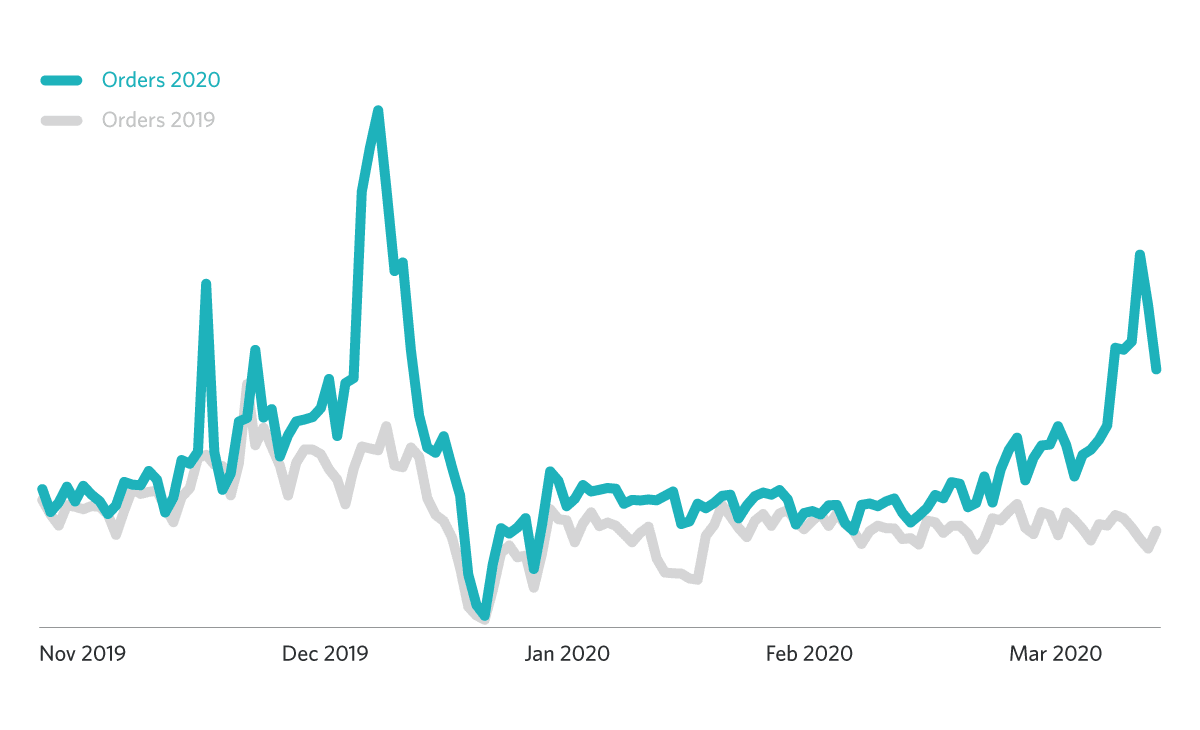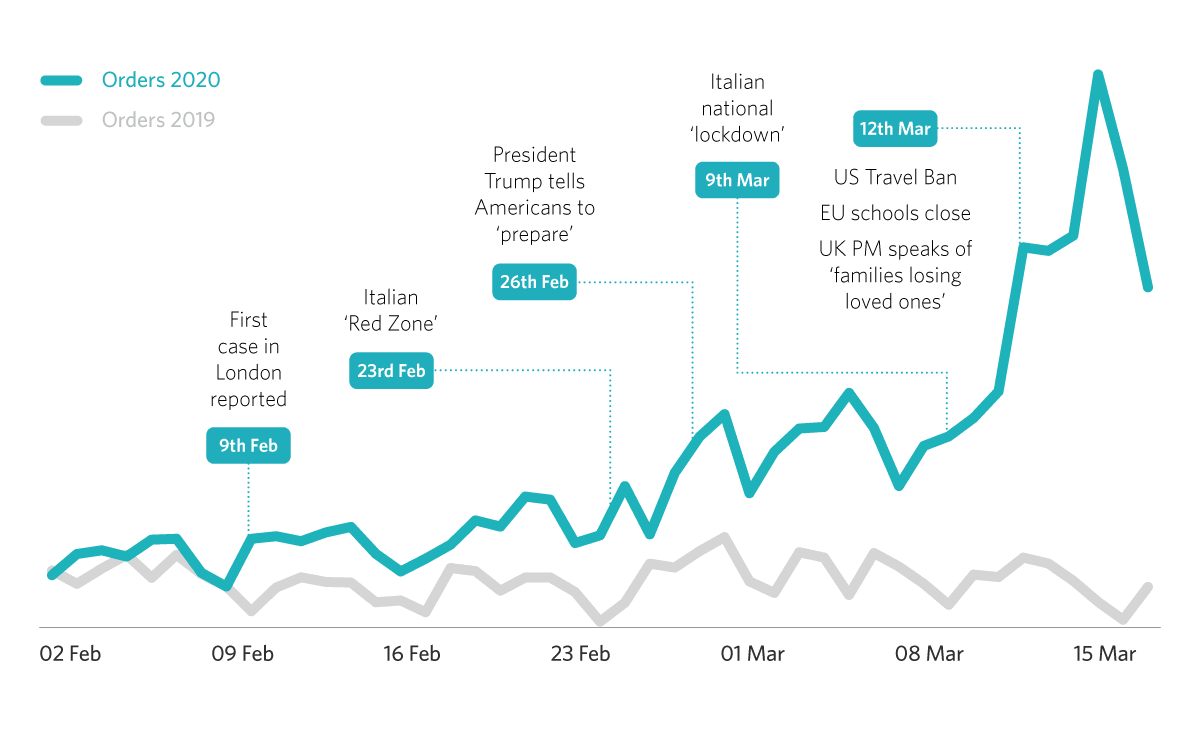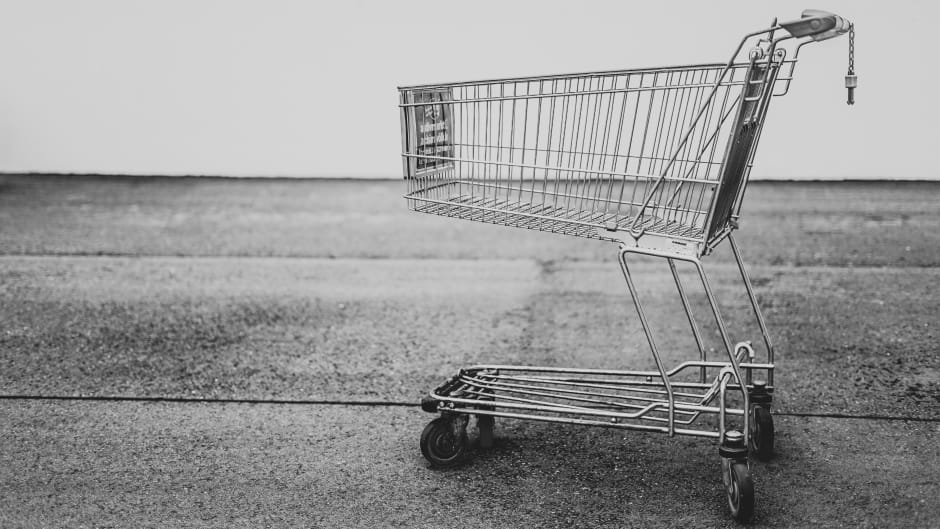“Europe has now become the epicentre of the pandemic”, Dr Tedros Adhanom Ghebreyesus, World Health Organization Director-General, Friday 13th March 2020.
Just a few weeks ago, Dr Ghebreyesus’ words would have sounded like the stuff of Hollywood make-believe. Today, they are sobering, all too real.
For those following the breakneck spread of Covid-19, the World Health Organization’s announcement on Friday 13th March merely underscored the momentous challenge facing Europe and its nearest neighbours.
As multiple nations raced to close borders and introduce far-reaching societal restrictions, snapshots of sparse UK supermarket shelves flooded weekend social media feeds.
The impact? All too predictable. Queues of shoppers, trolleys piled high.
In a call for calm and consideration, Sainsburys Chief Executive Mike Coupe emailed customers on Sunday morning;
"Please think before you buy and only buy what you and your family need… And please help elderly and vulnerable friends, family and neighbours with their shopping if you can."
Few listened. Shelves emptied, websites crashed.
So great was the surge, on Monday 16th March, major supermarket chains announced the rationing of key items, exclusive access hours for elderly customers, and expanded delivery services.
Such steps offer thankful relief for the vulnerable. But for the wider public, the issue of panic buying still persists. Whilst the true scale is unknown, data from Awin’s grocery retailers provides insight and context on UK consumer behaviour during the recent Covid-19 crisis escalation.
First and foremost, online grocery orders last weekend (14th and 15th March), although sizeable, were still below what was seen during the Christmas 2019 peak. This should provide some confidence that supermarkets are not beyond their sphere of experience, but rather temporarily challenged by a short-notice spike in demand.

Looking at the trendline since mid-February, it is evident that increasing numbers of UK consumers have been quietly, then not so quietly, reacting to key developments at home and abroad.

Confirmation of the first case of Covid19 in London (9th of February) marked the start of the online grocery orders growth curve.
This maintained a steady trajectory for two weeks, before jumping twice. First with the introduction of the Northern Italian ‘red zone’ (23rd February) then once again following a White House press conference in which President Trump (26th February) warned that a US pandemic was likely and that ‘every aspect of our society should be prepared’.
From that point, propelled by further reports of domestic and international cases, UK online grocery orders continued their upward momentum into early March.
Then on the 12th of March, a perfect storm. The US enacted an EU travel ban, multiple EU countries introduced stringent social controls, and British Prime Minister Boris Johnson issued the sombre warning that ‘many families are going to lose loved ones before their time.’ Combined, these developments drove an exponential surge in orders that accelerated to a peak on Sunday.
The correlation between cause and effect, events and grocery orders, highlighted above, should bring needed reassurance. It tells us that even in flux, rudimentary datapoints enable us to understand, anticipate and address human impulse. A mindset and methodology all digital marketers embrace.
As Irish Taoiseach Leo Varadkar so aptly put it earlier this week, "fear is a virus itself".
Data, analytics and digital technologies offer one of our greatest opportunities for reversing its spread.
